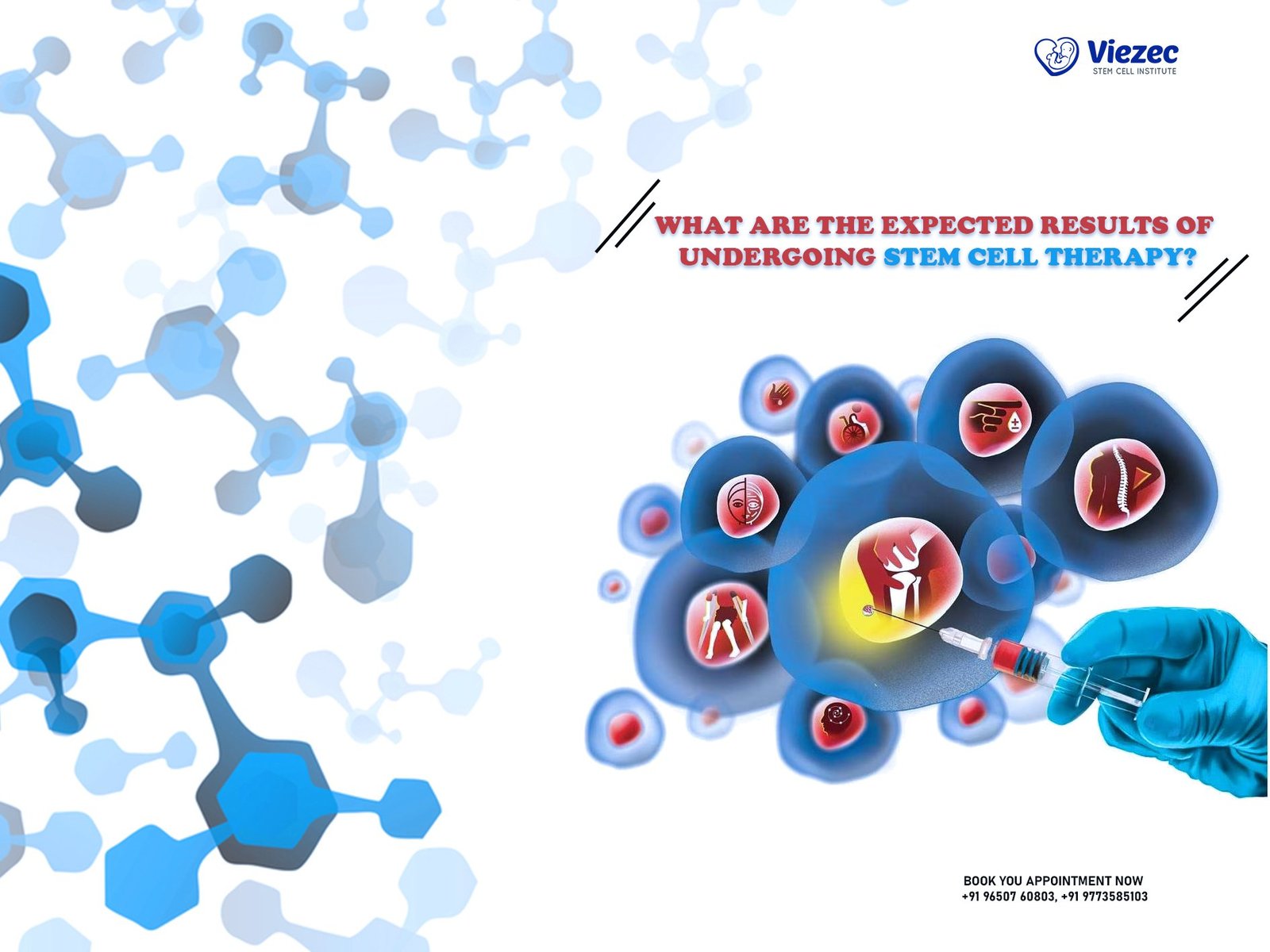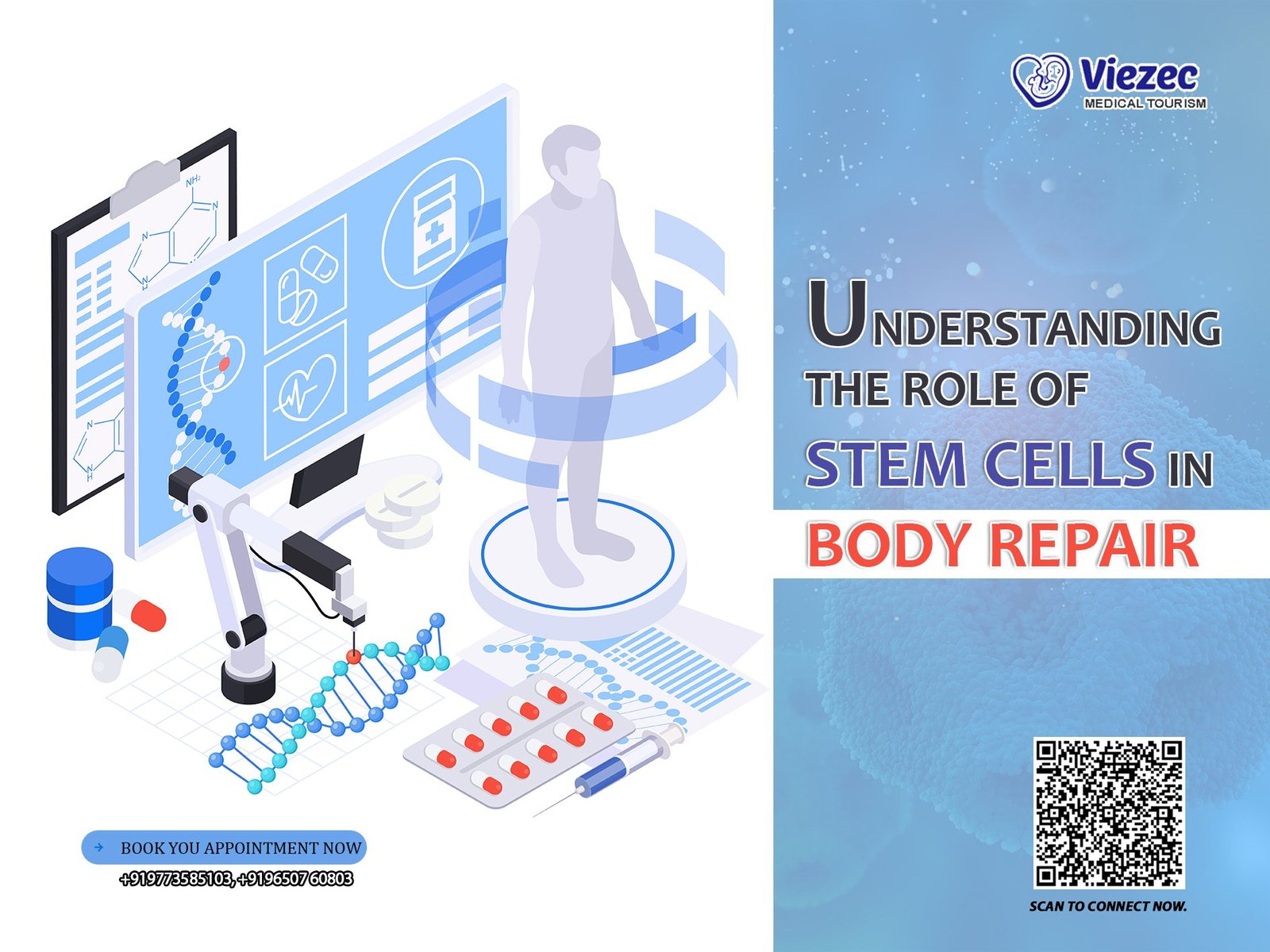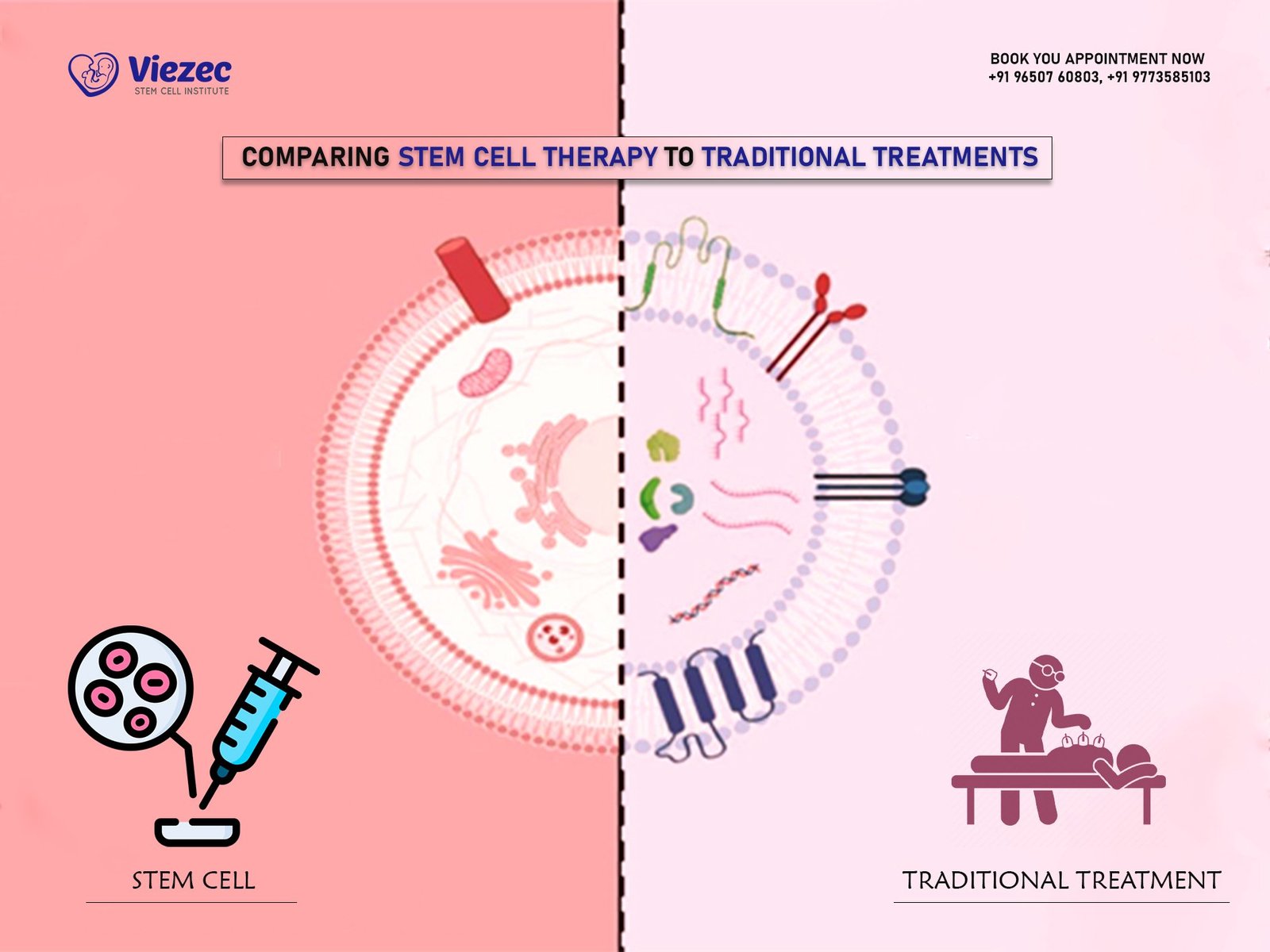Bone spurs, also known as osteophytes, are bony projections that develop along the edges of bones. They often form in areas of stress or friction and can cause pain, inflammation, and limited joint movement. Commonly affecting the spine, shoulders, hands, hips, knees, and feet, bone spurs are frequently associated with conditions like osteoarthritis. Current treatment approaches aim to alleviate symptoms and improve functionality through medications, physical therapy, and in severe cases, surgical interventions.
Understanding Bone Spurs
Bone spurs are osteophytic outgrowths that develop in response to mechanical stress or joint degeneration. They can vary in size and shape and are typically found at the margins of bones, where ligaments and tendons attach. While some individuals may not experience any symptoms, others may suffer from pain, swelling, and stiffness, particularly during movement.
Current Treatment Approaches for Bone Spurs
Medications and Pain Management
Nonsteroidal anti-inflammatory drugs (NSAIDs) are commonly prescribed to reduce pain and inflammation associated with bone spurs. Analgesics may also be recommended for pain relief. In some cases, corticosteroid injections are administered directly into the affected area to alleviate symptoms.
Physical Therapy and Exercise
Physical therapy programs focus on strengthening the muscles surrounding the affected joint, improving flexibility, and enhancing joint mobility. Therapeutic exercises help to reduce pain and stiffness while improving overall function and range of motion.
Surgical Interventions
When conservative treatments fail to provide relief, surgical intervention may be necessary. Procedures such as osteotomy (removal of bone), arthroscopy (minimally invasive surgery), or joint replacement may be performed to address bone spurs and associated joint damage.
Overview of Stem Cell Therapy
Stem cell therapy holds promise as a regenerative treatment approach for various musculoskeletal conditions, including bone spurs. Stem cells are unique cells with the ability to differentiate into specialized cell types and exert immunomodulatory and trophic effects, making them attractive candidates for tissue repair and regeneration.
Introduction to Stem Cells
Types of Stem Cells
Stem cells can be categorized into three main types: embryonic stem cells (ESCs), adult stem cells, and induced pluripotent stem cells (iPSCs). Each type possesses distinct properties and potential applications in regenerative medicine.
Embryonic Stem Cells
Derived from early-stage embryos, ESCs are pluripotent stem cells capable of differentiating into any cell type in the body. Their pluripotency makes them valuable for studying development and disease and holds significant potential for tissue regeneration.
Adult Stem Cells
Adult stem cells are multipotent or tissue-specific stem cells found in various tissues throughout the body. They have a more limited differentiation capacity compared to ESCs but play crucial roles in tissue homeostasis and repair.
Induced Pluripotent Stem Cells
iPSCs are generated by reprogramming adult cells, such as skin cells, into a pluripotent state. Like ESCs, they can differentiate into multiple cell types and hold promise for personalized regenerative therapies.
Ready to Heal Your Bone Spurs?
Start your journey with advanced stem cell therapy. Schedule your consultation today!
Mechanisms of Action of Stem Cells
Stem cells exert their therapeutic effects through various mechanisms, including differentiation potential, immunomodulation, and trophic support.
Differentiation Potential
Stem cells have the ability to differentiate into specific cell types, such as osteoblasts (bone-forming cells), chondrocytes (cartilage cells), and endothelial cells (blood vessel cells), facilitating tissue repair and regeneration.
Immunomodulatory Effects
Stem cells can modulate immune responses by suppressing inflammation and promoting tissue healing. This immunomodulatory activity is particularly beneficial in conditions characterized by chronic inflammation, such as osteoarthritis.
Trophic Effects
Stem cells secrete various growth factors, cytokines, and extracellular vesicles that promote cell survival, proliferation, and tissue regeneration. These trophic factors create a regenerative microenvironment conducive to tissue repair.
Rationale for Stem Cell Therapy in Bone Spurs
Despite advancements in conventional treatments, bone spurs remain a challenging condition to manage, often necessitating invasive surgical procedures. Stem cell therapy offers a promising alternative by addressing the limitations of current treatments and harnessing the regenerative potential of stem cells to promote tissue repair and regeneration.
Limitations of Current Treatments for Bone Spurs
While medications and physical therapy can provide symptomatic relief, they often fail to address the underlying cause of bone spurs or promote tissue regeneration. Surgical interventions carry inherent risks and may not always result in satisfactory outcomes, especially in complex cases or elderly patients.
Potential of Stem Cells in Tissue Regeneration
Stem cells possess unique regenerative properties that make them well-suited for treating musculoskeletal disorders like bone spurs. Their ability to differentiate into bone and cartilage cells, modulate immune responses, and promote tissue repair offers new avenues for therapeutic intervention, including the potential to address rotator cuff injuries without surgery.
Preclinical and Clinical Evidence Supporting Stem Cell Therapy for Bone Spurs
Numerous preclinical studies and early-phase clinical trials have demonstrated the efficacy and safety of stem cell therapy in promoting bone regeneration and mitigating symptoms associated with bone spurs.
1. Animal Studies
Animal models of bone spurs have shown promising results following stem cell transplantation, with improvements in bone density, cartilage regeneration, and overall joint function.
2. Human Clinical Trials
Preliminary clinical trials involving patients with bone spurs have reported encouraging outcomes, including pain reduction, improved joint mobility, and radiological evidence of tissue regeneration following stem cell therapy.
Techniques and Approaches in Stem Cell Therapy for Bone Spurs
Stem cell therapy for bone spurs involves several key steps, including the harvesting and isolation of stem cells, processing and expansion of stem cell populations, and delivery of stem cells to the target site using various techniques.
Harvesting and Isolation of Stem Cells
1. Bone Marrow Aspiration
Bone marrow aspiration involves extracting stem cells from the bone marrow, typically from the iliac crest or other accessible bone sites. The harvested stem cells can then be processed and purified for subsequent transplantation.
2. Adipose Tissue Extraction
Adipose tissue, rich in mesenchymal stem cells (MSCs), can be harvested through minimally invasive techniques such as liposuction. The isolated MSCs are then cultured and expanded ex vivo before transplantation.
3. Other Sources of Stem Cells
In addition to bone marrow and adipose tissue, other sources of stem cells, such as peripheral blood, umbilical cord blood, and placental tissue, hold potential for bone spur therapy and are being actively investigated.
Processing and Expansion of Stem Cells
1. Culture Techniques
Stem cells are cultured and expanded in vitro using specialized growth media and culture conditions that support their proliferation and maintain their regenerative potential.
2. Growth Factors and Cytokines
Supplementation with growth factors and cytokines, such as bone morphogenetic proteins (BMPs) and transforming growth factor-beta (TGF-β), enhances the differentiation and regenerative capacity of stem cells for bone and cartilage repair.
Delivery Methods
1. Direct Injection
Stem cells can be delivered directly into the affected joint or bone spur site using minimally invasive injection techniques. This approach enables targeted delivery of stem cells to the site of injury or degeneration.
2. Scaffold-Based Delivery Systems
Scaffolds composed of biocompatible materials can serve as carriers for stem cells, providing structural support and promoting tissue integration and regeneration. Scaffold-based delivery systems offer a controlled environment for stem cell delivery and engraftment.
3. Tissue Engineering Approaches
Tissue engineering strategies involve the fabrication of tissue constructs using stem cells, scaffolds, and bioactive molecules to mimic the native tissue architecture and promote functional tissue regeneration.
Questions About Stem Cell Therapy?
Our experts are here to help you understand the treatment and guide you.
Clinical Applications and Outcomes of Stem Cell Therapy for Bone Spurs
Clinical studies evaluating the efficacy and safety of stem cell therapy for bone spurs have shown promising results, with improvements in pain relief, joint function, and tissue regeneration observed in treated patients.
Case Studies and Clinical Trials
1. Patient Selection Criteria
Patient selection criteria for stem cell therapy typically include factors such as disease severity, age, overall health status, and responsiveness to conventional treatments. Candidates are evaluated based on their suitability for stem cell transplantation and expected therapeutic outcomes.
2. Treatment Protocols
Treatment protocols vary depending on the type of stem cells used, the mode of delivery, and the specific needs of the patient. Individualized treatment plans are tailored to optimize therapeutic outcomes while minimizing risks and complications.
Assessment of Efficacy
1. Pain Relief
Improvements in pain scores and analgesic usage are commonly used indicators of treatment efficacy in patients undergoing stem cell therapy for bone spurs. Reductions in pain intensity and frequency contribute to enhanced quality of life and functional outcomes.
2. Improvement in Functionality
Enhancements in joint mobility, range of motion, and physical function are key outcomes evaluated following stem cell therapy. Patients often experience increased flexibility and strength, allowing for improved performance of daily activities and tasks.
3. Radiological Evaluation
Radiological imaging techniques, such as X-rays, magnetic resonance imaging (MRI), and computed tomography (CT) scans, are used to assess changes in bone morphology, cartilage integrity, and joint architecture following stem cell therapy. Radiological evidence of tissue regeneration provides objective measures of treatment success.
Safety Considerations and Potential Risks of Stem Cell Therapy
While stem cell therapy holds promise as a regenerative treatment for bone spurs, it is not without risks and safety considerations. Potential risks include immunogenicity, tumorigenicity, infection, and adverse effects associated with the transplantation procedure.
A. Immunogenicity and Rejection Risks
The immune system may recognize transplanted stem cells as foreign entities and mount an immune response, leading to rejection and graft failure. Strategies to mitigate immunogenicity include immunosuppressive therapy and the use of autologous (self-derived) stem cells.
B. Tumorigenic Potential
Stem cells have the capacity for unlimited proliferation and differentiation, raising concerns about their potential to form tumors or promote malignant transformation. Close monitoring and long-term follow-up are essential to detect and manage any adverse effects associated with stem cell therapy.
C. Infection Risks
Transplantation procedures carry inherent risks of infection, including bacterial, viral, and fungal pathogens. Strict adherence to sterile techniques and comprehensive screening of donor cells are critical to minimize the risk of infectious complications.
D. Regulatory Landscape and Compliance
Regulatory oversight and adherence to ethical guidelines are paramount to ensure the safety and efficacy of stem cell therapy for bone spurs. Regulatory agencies monitor the development and implementation of stem cell-based interventions to safeguard patient welfare and uphold ethical standards.
Directions and Challenges in Stem Cell Therapy for Bone Spurs
While stem cell therapy holds considerable promise for treating bone spurs, several challenges and areas for further investigation remain to be addressed. Future research efforts aim to optimize stem cell sources and culture conditions, refine delivery strategies, and enhance long-term monitoring of patient outcomes.
Optimization of Stem Cell Sources and Culture Conditions
Exploration of alternative stem cell sources and optimization of culture conditions are ongoing areas of research aimed at maximizing the regenerative potential of stem cells for bone spur therapy.
Enhancing Delivery Strategies for Targeted and Sustained Effects
Innovative delivery systems and techniques are being developed to improve the targeted delivery and retention of stem cells at the site of injury, enhancing their therapeutic efficacy and promoting tissue regeneration.
Long-Term Follow-Up and Monitoring of Patients
Long-term follow-up studies are essential to evaluate the safety, durability, and efficacy of stem cell therapy for bone spurs over extended periods. Comprehensive monitoring of patient outcomes and adverse events facilitates informed decision-making and refinement of treatment protocols.
Addressing Ethical and Regulatory Concerns
Ethical considerations surrounding the use of stem cells, including informed consent, patient autonomy, and equitable access to treatment, must be carefully considered and addressed in the development and implementation of stem cell-based therapies.
Discover the Best Treatment Option for You
Let our regenerative medicine team design a care plan tailored to your needs.
Comparative Analysis: Stem Cell Therapy vs. Traditional Treatments
A comparative analysis of stem cell therapy and traditional treatments for bone spurs highlights differences in effectiveness, safety profile, cost-effectiveness, and patient satisfaction, informing treatment decisions and clinical practice guidelines.
A. Effectiveness
Stem cell therapy offers the potential for tissue regeneration and long-term symptom relief, addressing the underlying cause of bone spurs. Traditional treatments primarily focus on symptom management and may not provide lasting benefits or promote tissue repair.
B. Safety Profile
While both stem cell therapy and traditional treatments carry risks and potential complications, stem cell therapy poses unique safety considerations related to immunogenicity, tumorigenicity, and infection risks. Rigorous safety monitoring and adherence to regulatory guidelines are essential to mitigate these risks.
C. Cost-Effectiveness
The cost-effectiveness of stem cell therapy versus traditional treatments for bone spurs depends on various factors, including treatment efficacy, durability, and healthcare system considerations. Cost-benefit analyses are needed to evaluate the economic implications of adopting stem cell-based interventions.
D. Patient Satisfaction and Quality of Life
Patient-reported outcomes, such as pain relief, functional improvement, and overall quality of life, are important measures of treatment success and patient satisfaction. Stem cell therapy may offer advantages in terms of long-term symptom relief and functional restoration, enhancing patient well-being and satisfaction.
Integrating Stem Cell Therapy into Clinical Practice: Practical Considerations
The integration of stem cell therapy into clinical practice requires a multidisciplinary approach, comprehensive patient education, establishment of treatment protocols, and collaboration with regulatory bodies to ensure safety, efficacy, and ethical standards.
A. Multidisciplinary Approach to Patient Care
A collaborative effort involving orthopedic surgeons, rheumatologists, rehabilitation specialists, and stem cell biologists is essential for the successful implementation of stem cell therapy for bone spurs. Multidisciplinary teams can provide comprehensive care and support throughout the treatment process.
B. Patient Education and Informed Consent
Educating patients about the potential benefits, risks, and uncertainties of stem cell therapy is essential for obtaining informed consent and empowering patients to make informed decisions about their healthcare. Clear communication and ongoing support are crucial for patient engagement and adherence to treatment protocols.
C. Establishing Protocols and Guidelines
The development of standardized protocols and guidelines for stem cell therapy ensures consistency, safety, and quality across treatment centers. Protocols should address patient selection criteria, treatment algorithms, follow-up protocols, and adverse event management.
D. Collaboration with Regulatory Bodies and Ethics Committees
Collaboration with regulatory agencies and ethics committees is essential to navigate the complex regulatory landscape governing stem cell-based therapies. Compliance with regulatory requirements and ethical guidelines ensures patient safety, data integrity, and adherence to ethical principles.
Patient Perspectives and Experiences with Stem Cell Therapy for Bone Spurs
Patient perspectives and experiences provide valuable insights into the real-world impact of stem cell therapy on individuals living with bone spurs. Testimonials, patient stories, and qualitative research offer perspectives on treatment outcomes, challenges faced, and long-term quality of life.
Testimonials and Patient Stories
Patient testimonials highlight the subjective experiences of individuals undergoing stem cell therapy for bone spurs, including improvements in pain relief, mobility, and overall quality of life. Hearing firsthand accounts from patients can offer hope and encouragement to others considering similar treatments.
Challenges Faced During Treatment
Patients may encounter challenges and uncertainties during their stem cell therapy journey, including financial costs, logistical barriers, and emotional stress. Addressing these challenges through patient support programs and resources can improve treatment adherence and patient outcomes.
Long-Term Outcomes and Quality of Life
Long-term follow-up studies are essential to assess the durability and sustainability of treatment effects on patient outcomes and quality of life. Monitoring patients over extended periods provides valuable data on the long-term safety, efficacy, and real-world impact of stem cell therapy for bone spurs.
Make an informed Decision
Stem cell therapy holds immense promise as a regenerative treatment for bone spurs, offering the potential for tissue repair, symptom relief, and improved quality of life. While significant progress has been made in preclinical and clinical research, challenges remain in optimizing treatment protocols, addressing safety concerns, and integrating stem cell therapy into clinical practice.
Stem cell therapy offers a novel approach to addressing the limitations of current treatments for bone spurs, harnessing the regenerative potential of stem cells to promote tissue repair and regeneration. Preclinical and clinical evidence supports the efficacy and safety of stem cell therapy, with promising outcomes observed in treated patients.
Implications for Clinical Practice and Research
The integration of stem cell therapy into clinical practice requires a multidisciplinary approach, comprehensive patient education, establishment of treatment protocols, and collaboration with regulatory bodies and ethics committees. Future research efforts should focus on optimizing treatment strategies, addressing safety concerns, and evaluating long-term outcomes.
Areas for Further Investigation
Continued research in stem cell biology, tissue engineering, and regenerative medicine holds promise for advancing the field of bone spur therapy. Future studies should focus on optimizing stem cell sources and culture conditions, refining delivery strategies, and conducting long-term follow-up to assess treatment durability and patient outcomes. By addressing these challenges and advancing our understanding of stem cell therapy, we can realize the full potential of regenerative medicine in the treatment of bone spurs and other musculoskeletal disorders.









